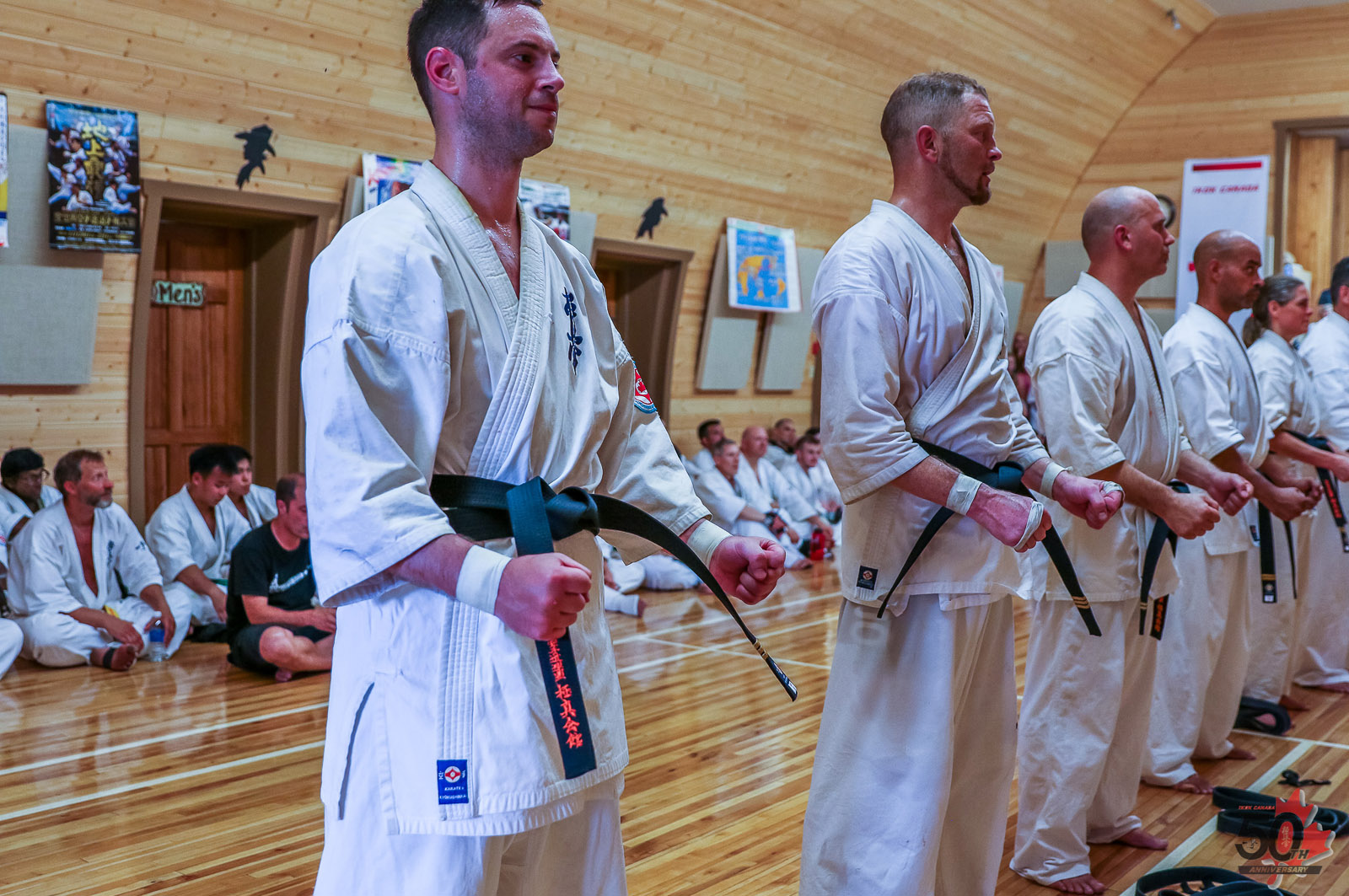“Karate” is a combination of two Japanese words “Kara” meaning empty or open and “Te” meaning hand, and is therefore used to describe a form of unarmed combat.
It is generally accepted that the origins of karate are to be found in India. About 500 A.D. a Budhist priest named Bohdidharma of the Zen sect took his teaching to China to seek seclusion in the Shao-Lin Temple and while there, instructed other monks in his particular style of unarmed combat.
The system developed at the temple gradually disseminated throughout Asia, spreading to Okinawa, Korea and Mongolia. By 1130 A.D. aspects of this system had even been incorporated into the indigenous military disciplines of geographically and culturally isolated Japan.
The asian fighting arts were historically taught and refined in secrecy, as their practice was routinely prohibited in different regions. Consequently, various regionally and family based styles and schools evolved, on of these being the Kempo style of Okinawa.
By 1901, Kempo was being taught openly in Okinawa, and in 1916, was demonstrated in Japan by Master Gichin Funakoshi. There, under the name of Karate, practical applications of the system were further refined and united with the Zen-based philosophy of the Japanese disciplines. The popularity of karate as both a martial art and a sport spread quickly in Japan and beyond, contributing to the development of diverse systems and schools.
Wikipedia has a more detailed version of karate’s history as well.

